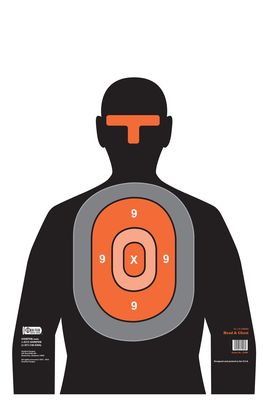I'm guessing you mean 'caliber' rather than 'round'? The best way to determine required n would be with a power calculation. Absent that, we can default to common rules of thumb, such as 'no cell of interest lower than 50' or 'overall minimum n around 200-400, and more is better.' Ellifritz' dataset is a good one for size, his overall n is 1785. There are low cells for .32 and for .44, but that would just caution us to read the .32 and .44 data with skepticism.
What this dataset needs, IMO, is a regression analysis that could tell us the relative importance of caliber (and weight, speed, and/or other variables if available). As is, the results are presented as categorical data, which is fine as far as it goes, but analyzing it as continuous data in a regression would give a lot of additional insights.
Those of you who read Larrin Thomas’ work will recall an analogous regression formula that gave us the relative importance (for TCC) of hardness, edge angle, and various carbides. A similar analysis for the Ellifritz dataset is what I’m suggesting.



